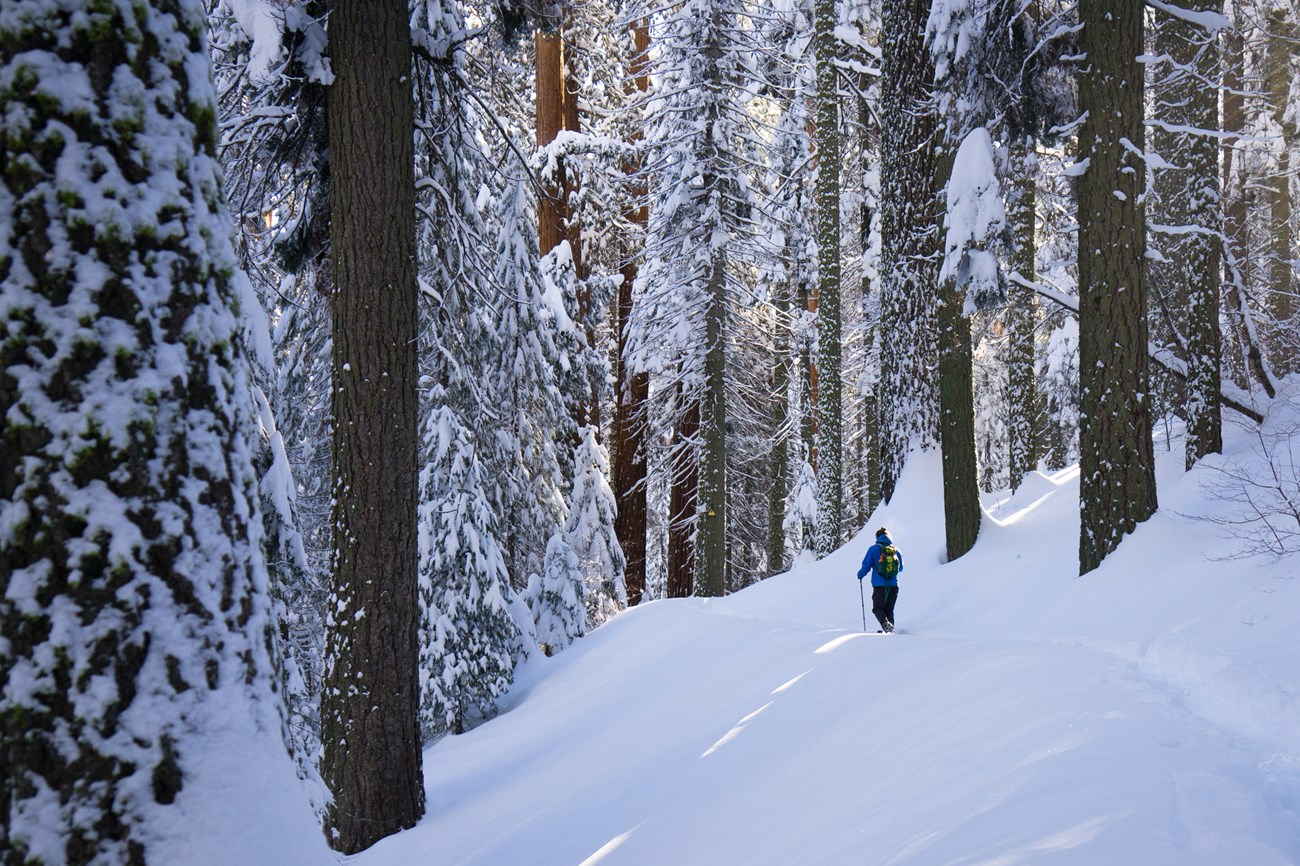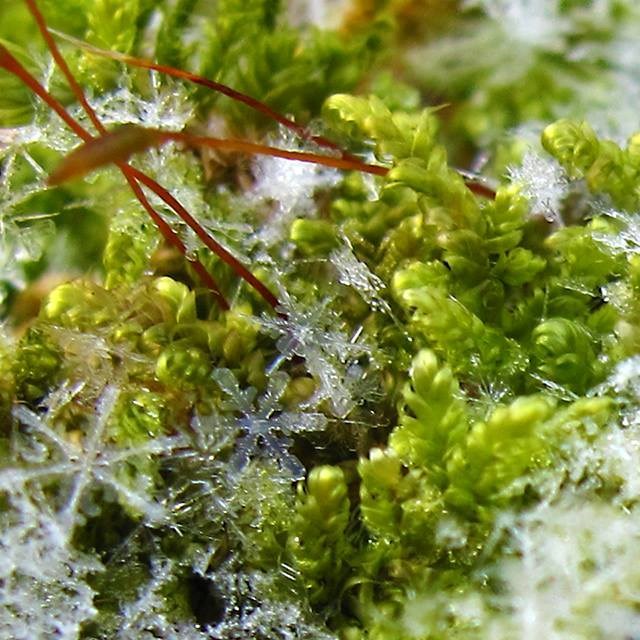Last updated: December 10, 2020
Article
Exploring Winter

NPS / Joshua Simas
Picture winter. What do you see? Chances are you said snow! Snow is a part of the classic winter landscape for many places in North America. But how much do you know or notice about snow?
How does snow form?
Snow forms when droplets of water in clouds freeze into ice crystals. This happens when clouds are colder than 15°F! As the ice crystals stick together, they become too heavy for the cloud and fall to the ground.
As they fall, they may pass through warmer air causing a slight melting affect. If they melt too much, this causes sleet. If the air is cooler, the crystals will bond together forming large fluffy flakes. Temperature, air currents, and humidity influence the shape of the ice crystals, so each snowflake is unique.

NPS Photo
Activity:
If you can, catch a snowflake or pick some up from the ground. Ask yourself these questions and write you answers down. Wait for the next snowfall and do this activity again. How do your answers change or stay the same?
- What does it look like? Can you see the different flakes?
- Why do you think it looks that way?
- Does it look like it will snow more today? What observations are making you determine that answer?
- Does snow feel or act differently under trees and in meadows? Why do you think that is?
